The LG G4 Review
by Joshua Ho on July 30, 2015 10:00 AM EST- Posted in
- Smartphones
- Qualcomm
- LG
- Mobile
- Snapdragon 808
- LG G4
Software: LG UX 4.0
Software is ultimately one of the most important aspects of a smartphone. In the case of iOS and most mobile OSes, the experience is essentially fixed for everyone. However, with Android OEMs often create their own frameworks within the OS to enable various features that are missing from the base OS. OEMs also tend to change the look and feel of many core user applications and many key Android UI elements. As a result, it is often necessary to evaluate UI on a per-device basis rather than with a single catch-all OS review due to the potential for some enormous design variance.
When it comes to LG’s UX 4.0, LG definitely goes with an experience that is extensively customized that differentiates itself from stock Android. Almost every stock application has been replaced by LG’s take on Android. The color scheme of the UI is somewhat inconsistent, as aspects of the UI like the weather clock and quick settings toggles tend to be strongly saturated while other aspects of the UI like the notification shade and most of the iconography tends to be rather muted in comparison due to the use of pastel colors. I’m actually not sure whether this is the result of the high-gamut display or deliberate color choices, but the use of neon colors in general definitely draws a lot of attention when it’s used.
Outside of this though, I honestly don't have too much to object to on this front. LG still isn’t really following all of Material Design, although I suspect there’s at least some debate over whether the level of focus on animation in Lollipop has become distracting. At any rate, this isn’t a huge deal but I suspect it would give a better sense of flow and continuity within the UI if LG implemented more animations to fit Material Design, such as sliding in a “card” when adding a calendar event rather than just having the new screen appear from thin air.
If you look past the animation style, LG has done a surprisingly good job with the UI. Most applications mostly look the part of a modern Material Design. Most applications like the calendar, tasks, and notes (QMemo+) place the action overflow button on the far right of the top navigation bar, then a floating action button (FAB) with appropriate drop shadows on the bottom right. Sidebar menus are marked with the standard icon that we’re all familiar with on Android and open with a swipe in correctly instead of requiring a precise tap of the icon like TouchWiz on the Galaxy S6. Meanwhile there are some applications that behave strangely by default like the settings app, but changing the view to list view instead of tab view resolves these problems for the most part. The messaging experience is also surprisingly awesome, as you get popups to quickly reply to SMS/MMS when you aren't in the messaging app.
Ultimately LG really deserves some credit for implementing smart functionality in an intuitive manner throughout their skin, and these are things that arguably couldn't be accomplished within the constraints of a "pure AOSP" build.
Of course, there are some other issues with design consistency. The lock screen is one notable departure from the rest of the mostly-MD UI, as the default swipe lock screen has some really ostentatious animation no matter what you set. Admittedly, this is a pretty minor issue and goes away completely if you set any sort of security with no timeout, so I’m not too hung up on this. There’s also no fingerprint authentication option here, which is a big disappointing as I’ve always felt that a combined fingerprint scanner and power button on the G4 would’ve been a great user experience given the rear-mounted buttons.
Iconography is also a big inconsistent even if it’s all relatively tasteful, with some icons using drop shadows and pastel colors with a square background, while others have a single fixed color, no shadowing, and a round background. The final aspect where I saw some noticeable design inconsistency is the power menu, which looks like it came from MIUI or iOS rather than Android due to the use of a background Gaussian blur with rounded, white icons that lack depth.
Outside of these basic questions of design, LG has also added some surprisingly useful functionality with working Dual Window functionality. LG has implemented a UI that requires manually selecting both applications that will be used in Dual Window mode, and the list of applications that work with this mode is noticeably lower than what Samsung supports with MultiWindow so the functionality and user experience isn’t as good here. I still think native windowed application support is a must for Android on tablets, but this is something that only Google can do. There are also QSlide apps which are essentially floating window applications, but for some reason activating QSlide within a supported application is an option buried within the action overflow button instead of some sort of gesture or immediate action button. Key applications for a good out of the box experience are also done acceptably well.
Going beyond design consistency concerns, performance is solid on the LG G4. For the most part, navigation through the UI is fluent and basically free of lag. However, compared to the Galaxy S6 I noticed more dropped frames in third party applications when dealing with CPU-heavy listviews like the Play Store. I suspect that this is mostly due to differences in governor behavior and software optimization rather than throttling though, as die temperatures never approach anything notable when just going through light applications like the Play Store or scrolling through a webpage.
Overall, LG’s software experience is decent, but there is still progress to be made. There is some need for more cohesive design and overall polish, but otherwise I doubt that anyone will really have major problems with LG’s UI. I didn’t notice any real usability issues in general, and I suspect neither will the average user. I noticed an option in the developer settings for enabling and disabling OEM bootloader unlock, so enthusiasts should be able to unlock the bootloader on at least a few variants although with US carriers it’s always hard to gauge whether this is possible due to their requirements. The real concern isn’t so much that the experience is poor, but that there are some notable feature omissions like a fingerprint scanner and Google Now activation regardless of screen state. If you don’t find these omissions to be glaring, the G4’s software experience should be acceptable.



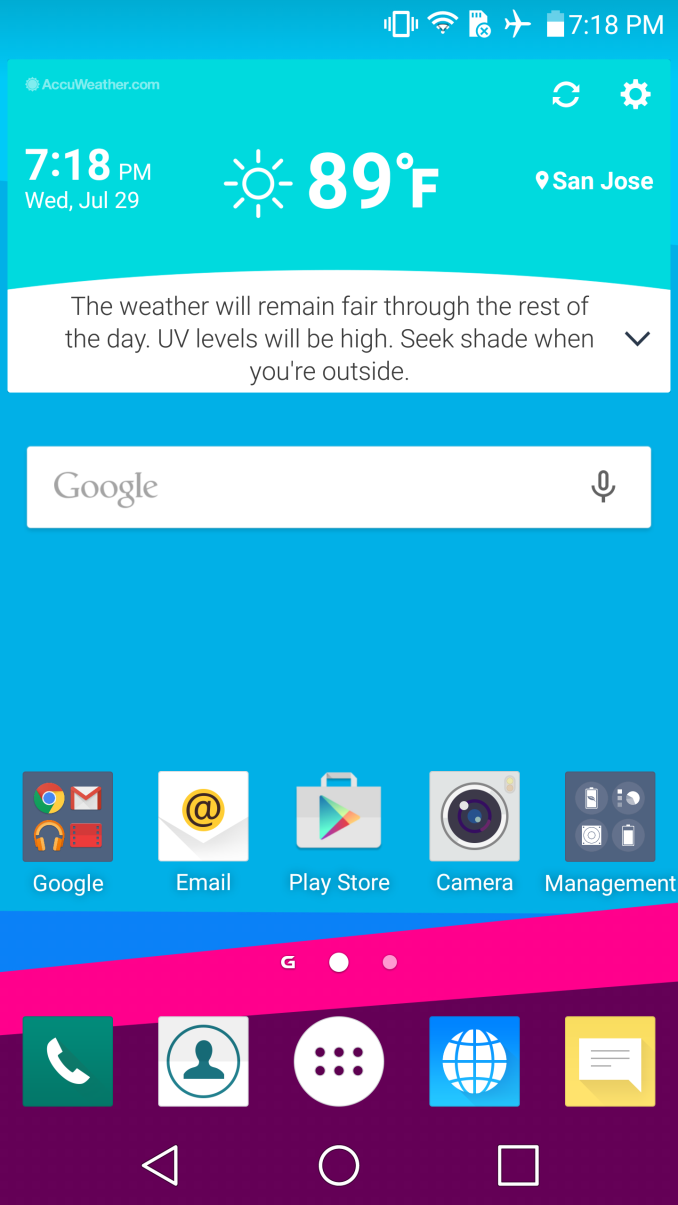
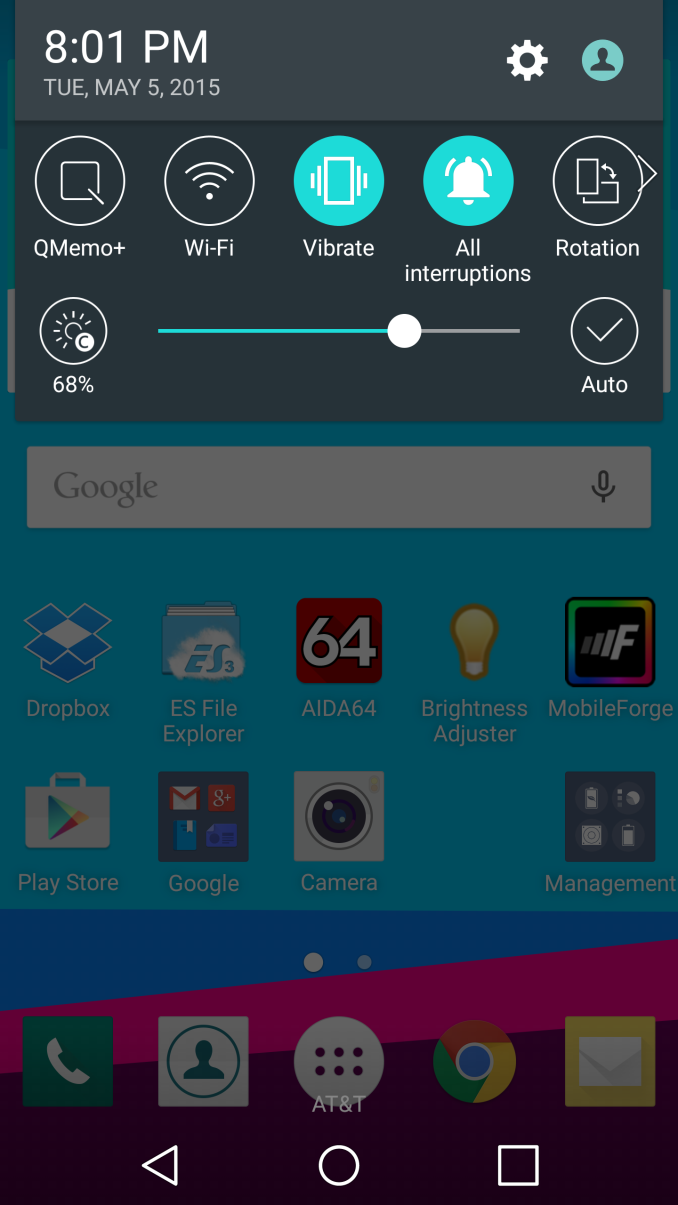
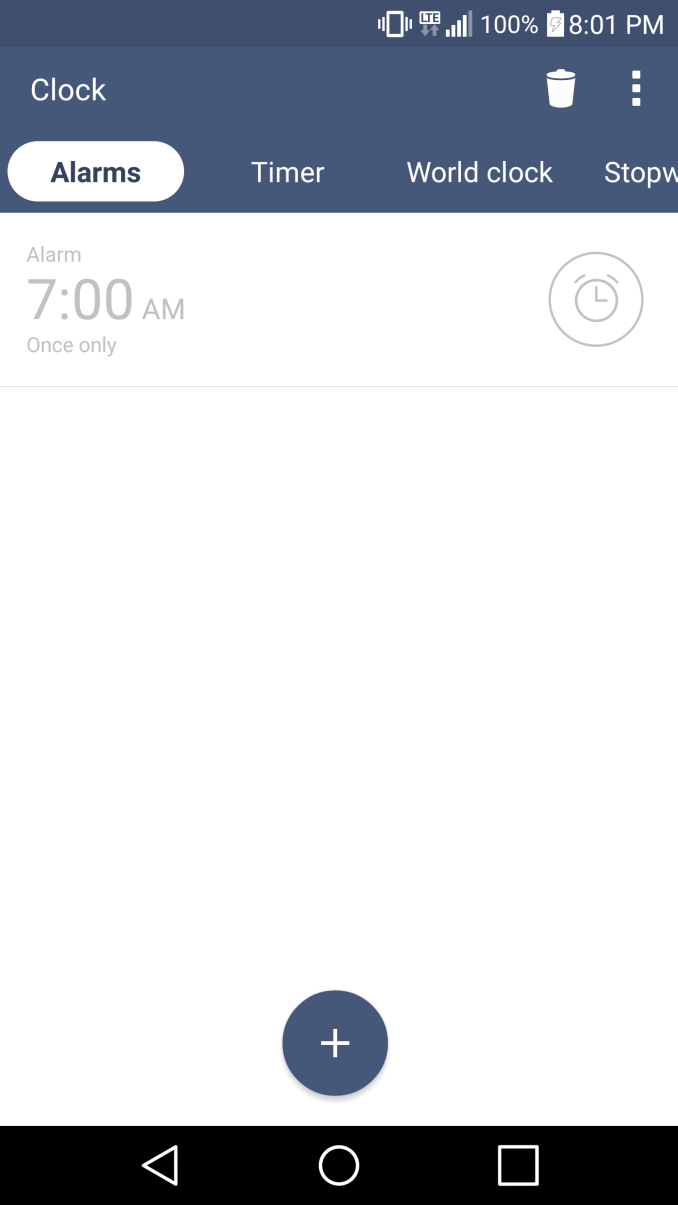
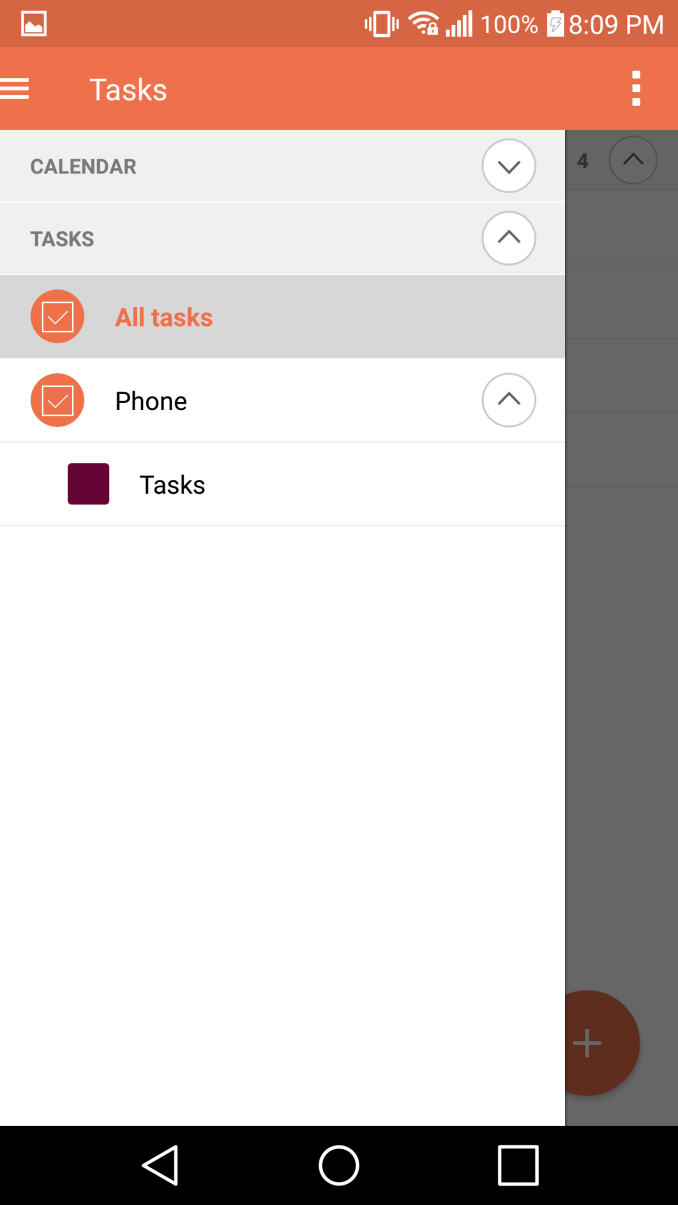
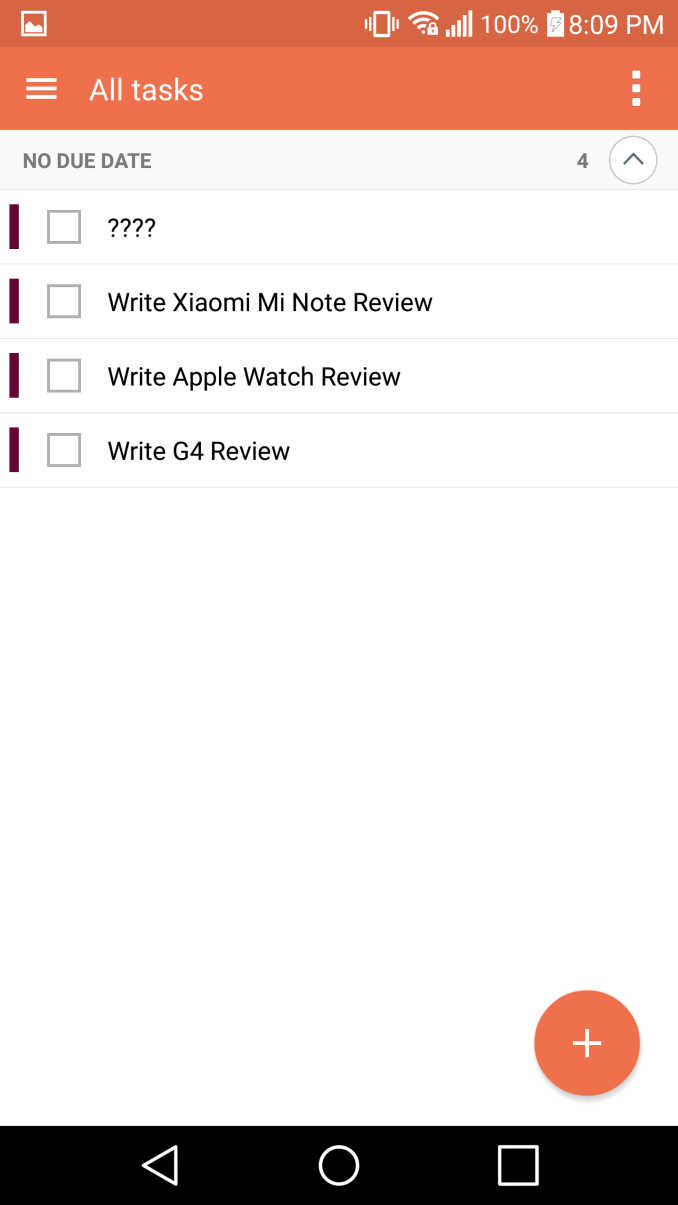
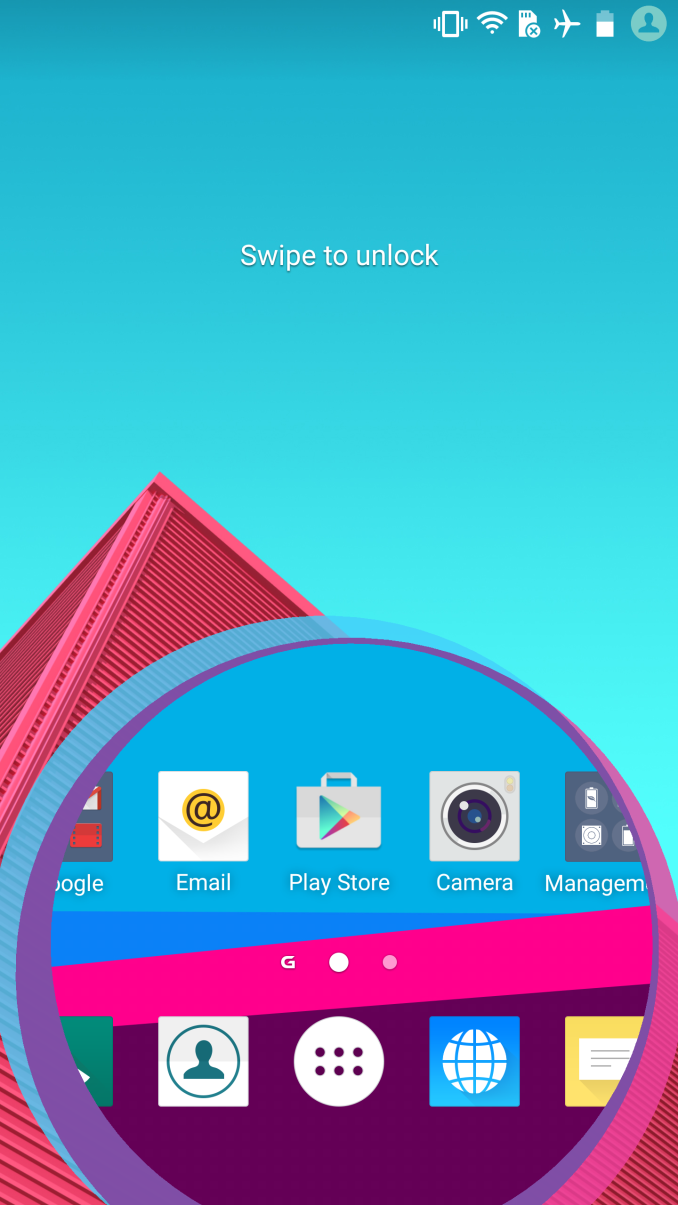

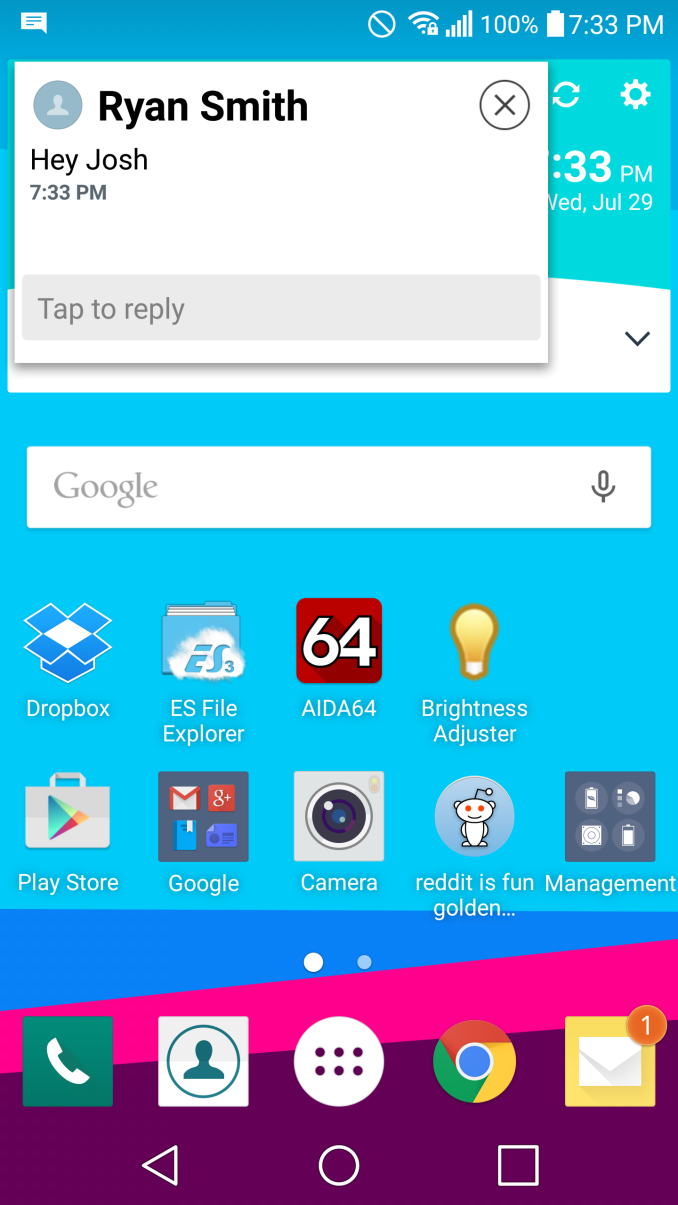


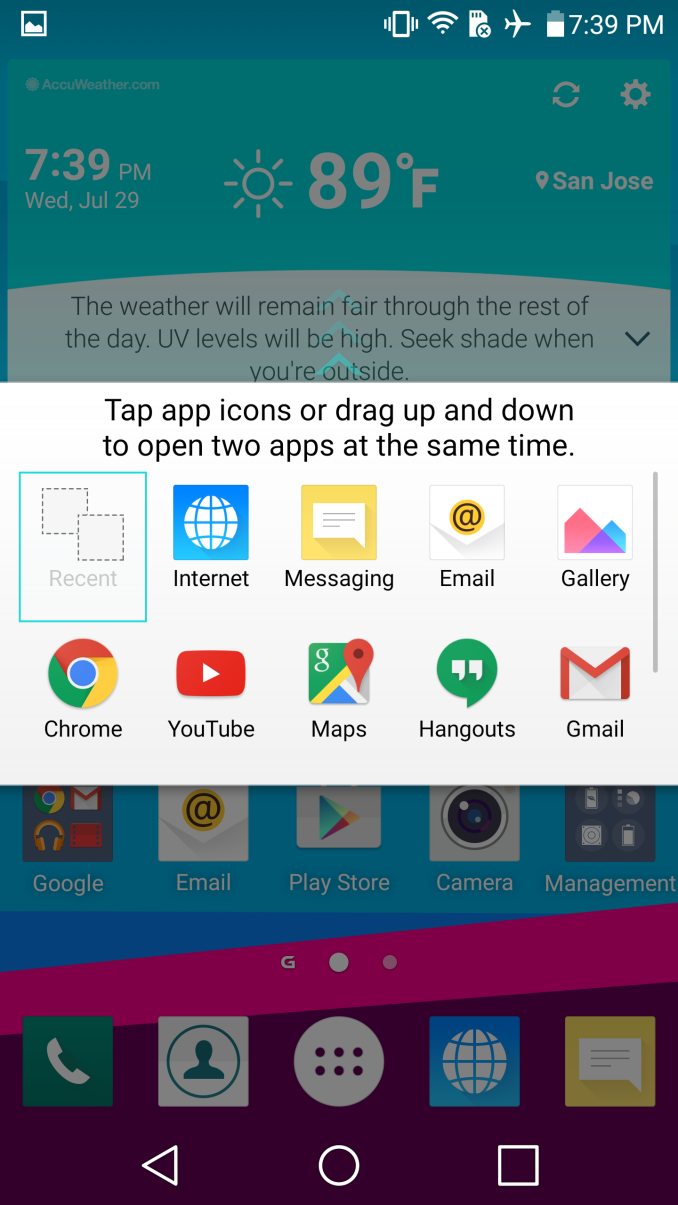
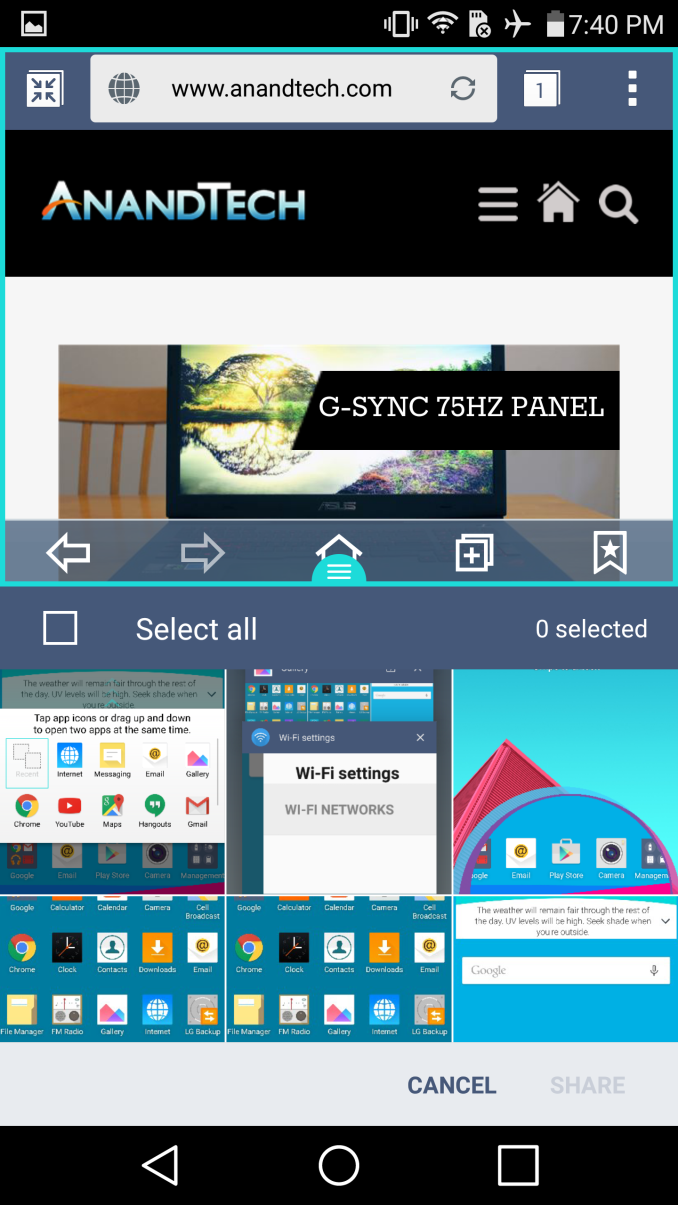
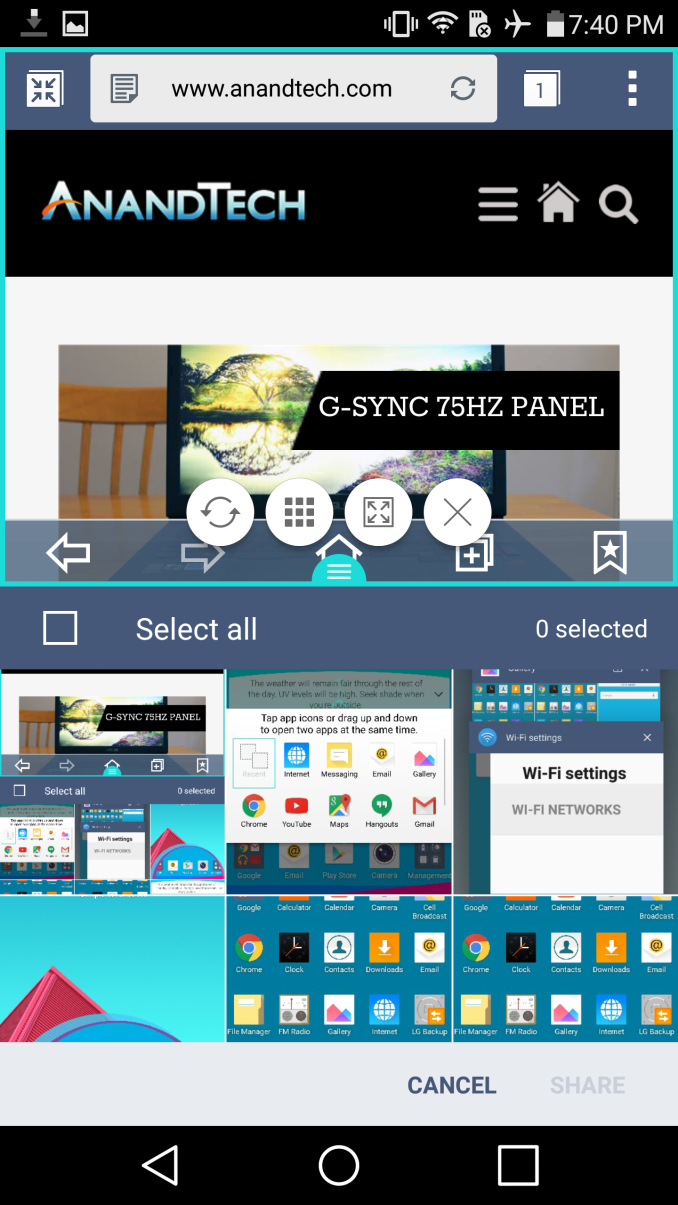
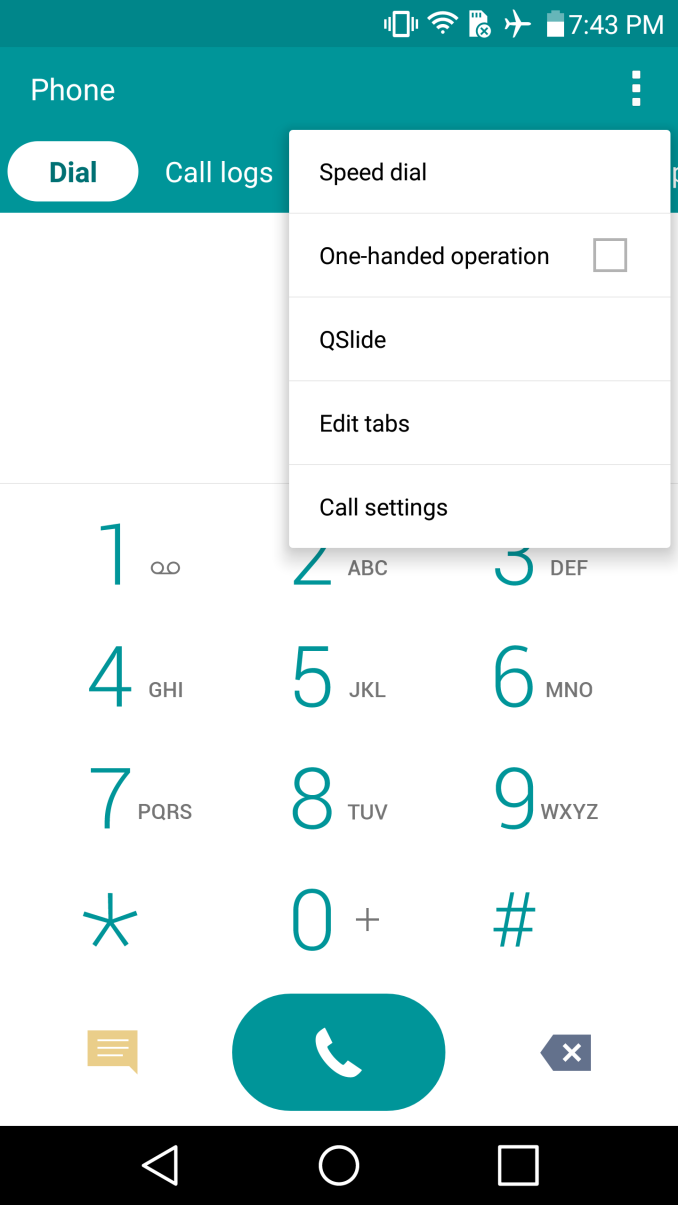
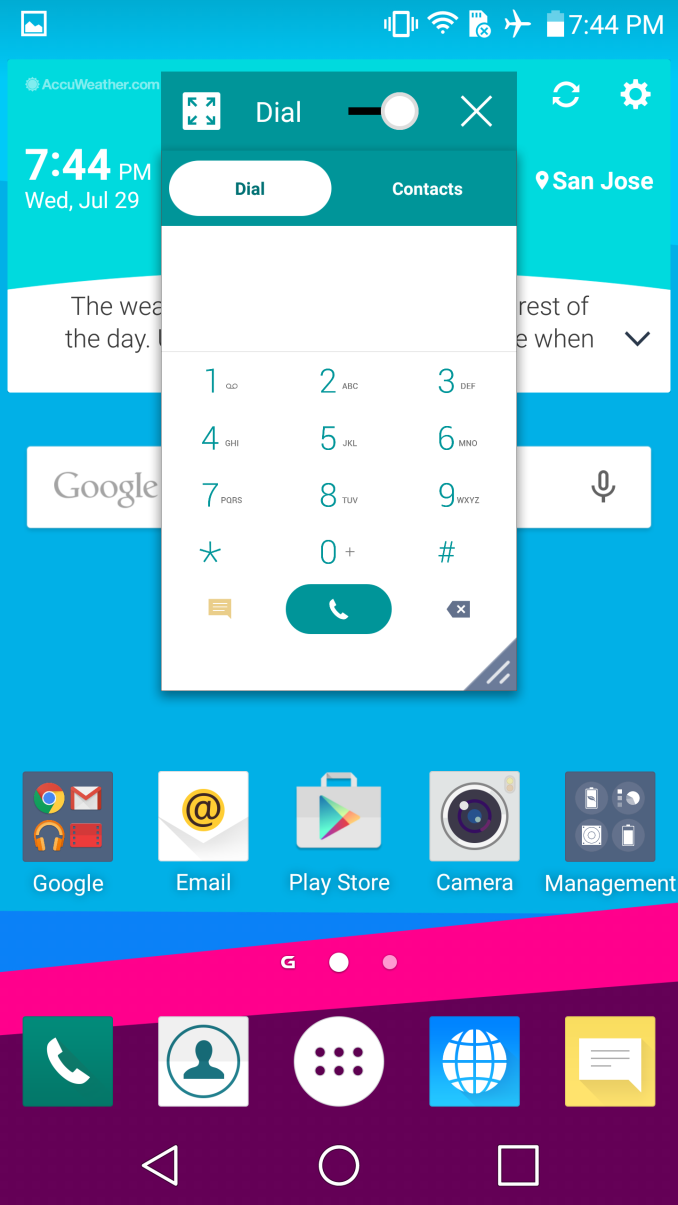








84 Comments
View All Comments
Impulses - Friday, July 31, 2015 - link
I get that Anandtech is US centric to an extent, but with a lot of people in the US opting for contract-less plans to save money it might make sense to start factoring price into the equation when it comes to flagships... I wouldn't even have a clue if there are any significant differences, last phone I bought was the N5 and that was the first and only phone I've paid for in full w/o subsidy.tuxRoller - Thursday, July 30, 2015 - link
Such a shame Qualcomm didn't make the 808's cores faster (say, 2GHz) and equip it with at least the adreno 420.I understand why they didn't, and given the 810's design wins, their strategy clearly worked, but it still leads me to wonder "what if".
I wonder what's going on with their implementation of cci(assuming that's the culprit)? They've had enough experience by now to know how to properly implement a standard two tier cache system.
Buk Lau - Thursday, July 30, 2015 - link
if they boosted the 808 to higher clocks, which I'm sure they could since all they've been doing since 801 is just overclocking the chips, that would give OEMs more incentives to choose the 808 over the 810. let's say this, if the 808 comes higher clocked A57s and adreno 420, how many people do you think would even consider the 810? After all the 810 is much more profitable than 808. It just sucks to see how many OEMs got burnt by 810.in a sense, OEMs only have themselves to blame rather than qualcomm for having to release junk phones all over this year. back in the old days qualcomm's SoCs suffered even worse overheating and performance and yet OEMs still persist to use their stuff, simply because they offered an integrated modem
if they didn't spoil qualcomm so much back then, there wouldn't be so little choices in the SoC market with players like Texas instruments and others competing against qualcomm.
Impulses - Friday, July 31, 2015 - link
Don't NVidia and Intel have integrated modems at this point? They're still making SoCs, as is Samsung, seems there's still plenty of choices... We lost what, TI and Sony? I must be forgetting others, I remember lamenting the contracting SoC market too...whiteiphoneproblems - Thursday, July 30, 2015 - link
"It seems that these improvements have been enabled with the use of photoalignment technology, which shares similarities with photolithography but attempts to induce anisotropy in a photoresist analogue on a glass substrate..."Well, you won't see a sentence like that in Gizmodo.com...!
zodiacfml - Friday, July 31, 2015 - link
Another excellent review. Thanks. I also love it when you include many other phones such as the Nexus 5 and Moto G in the benchmarks.Good thing the dual core has real life advantages over the 810. The 8 core spec is nothing but marketing advantage.
As a camera enthusiast, I would also love the manual controls. Yet, I don't think I would use it too often as the control you could get doesn't add to much to the image quality. I mean, using HDR mode pretty much fixes the IQ weaknesses of smartphone cameras to dedicated, larger cameras. The worse noise in the corners probably indicates vignetting with the lenses, only it is fixed/lifted in processing.
Few months after release, the G4 is now slightly cheaper compared to S6 yet I don't think it is enough. The S6 still has a lot better value to G4 because of the display and SoC. The external build quality and video specs makes the S6 even higher. The only fault of the S6 is the small battery they included with it. The Note 5 surely will fix that but it's going to be much more expensive.
Mugur - Friday, July 31, 2015 - link
Nice review, although some phrases were a bit too strange for my taste..."One of the major points of emphasis for us in the smartphone space continues to be display, as even though you can replace a display on a phone, the only real reason to do so is if you shatter the glass cover of the display."
And, of course, I fully disagree with the claim that "the GS6 is roughly equal to or slightly worse than the iPhone 6 Plus as a camera overall". In my personal experience, the S6 camera is the best all-around camera, at least with auto settings and I'm not a Samsung fan...
victorson - Friday, July 31, 2015 - link
Hey Josh! You're fired.neo_1221 - Friday, July 31, 2015 - link
I got a laugh out of that too. :Dmpokwsths - Friday, July 31, 2015 - link
These ridiculous nand/storage benchmarks...